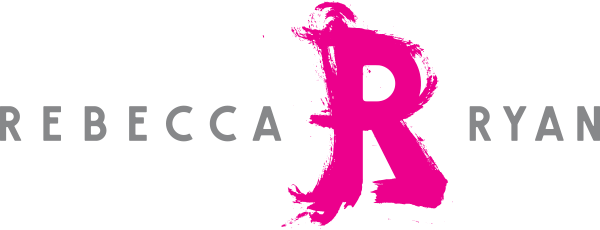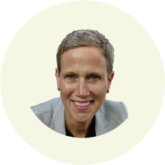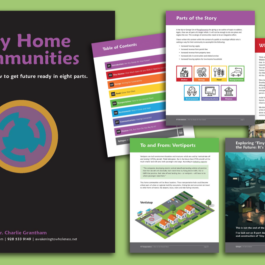What are the top 10 trends for the next ten years? Download the report here.
We use the same processes we prescribe for our clients when trying to figure out the future. Let me pull the curtain back and share how we applied foresight internally as we looked at three key market segments.
Step 1: Define the market segments you’re interested in exploring
We complete annual updates to account for changes in our operational environment. In 2022, we started by dividing up our market into significant segments and considered the 5-10 year futures of these domains:
Local or regional governments of 100,000+ populations
Private sector companies with public sector clients and who serve the public good, e.g., engineering firms that improve wastewater, build transit systems, do sustainable regional design, etc.
Utilities
Step 2: Answer these questions about each market segment
We used a set of structured research questions for each segment. These questions are designed to find out what it takes for a system (in this case, our business) to reach its full potential. For each of these markets, we want to know:
What are the driving forces in this market?
What are the constraints?
What are the “weak signals” and “black swans” to pay attention to for this market?
Where are these markets going in the next 5-10 years?
What opportunities does this create for our team?
One person was assigned to answer these questions, for each of the three market segments. They provided their write up to the entire team, and then we moved to step 3.
Step 3: Identify shared areas of opportunity among segments
This step is a lot like identifying “crossover levers.” Looking across all three market segments, we identified opportunities that could impact two or more markets.
For example, all of these markets are experiencing or anticipating talent shortages. It’s a significant constraint in each market. As one client told us, “We can sell the projects. We just don’t have the people to get the projects done.” Another colleague said, “I knew the talent shortage was bad. It’s much worse than I thought. It’s a five-alarm fire.”
Thinking ahead, talent shortages will impact which jobs get privatized by the public sector, which jobs get automated, and even whether local governments consolidate. This insight – coupled with things we’re learning about the future of work from our signals and trend scanning activities – can help us shape a distinct point of view about the future of these markets.
Step 4: Define pilot programs/offerings based on the opportunities
This step will remain confidential, but if you watch us carefully, you’ll see how we start talking about these opportunities now and in the future. In fact, this blog is one example of a “next step” we took as a result of this inquiry, “Project Delta.”
Wrap Up
End-to-end this process took about three weeks. We’ll continue to monitor trends and signals related to the opportunities we identified, and change or update our strategies as needed.
What about you? How can you envision using the approach above to develop goals, anticipate market opportunities, and create even brighter futures?
If you enjoyed this post, please subscribe to our newsletter.

Charlie Grantham
Charlie Grantham, PhD, APF is a futurist, author, and strategist who’s helped dozens of our clients over the years. Charlie served in Special Forces in Vietnam and earned his PhD in Sociology. Afterwards, he worked on the front lines of the telecommunications and remote work revolutions. He’s seen a thing or two. His current focus is health care and well being. Charlie works from Tucson, AZ.
Yasemin Arikan Promoted to Director of Futures Research
NEXT Generation Consulting (NGC) announced the promotion of Yasemin Arikan to Director of Futures Research. Arikan will lead the company’s efforts to...
Is Your Housing Market Ready for Your Future?
One of the biggest problems facing many cities and towns is inadequate housing. This problem is most acute for seniors, veterans with disabilities, and low-income groups ...
Three Things Martha Stewart Gets Right About Return to Office (RTO)
The original influencer and the person who invented the "Home" retail category, Martha Stewart, became the latest CEO to tell employees to get back to the office five day...







